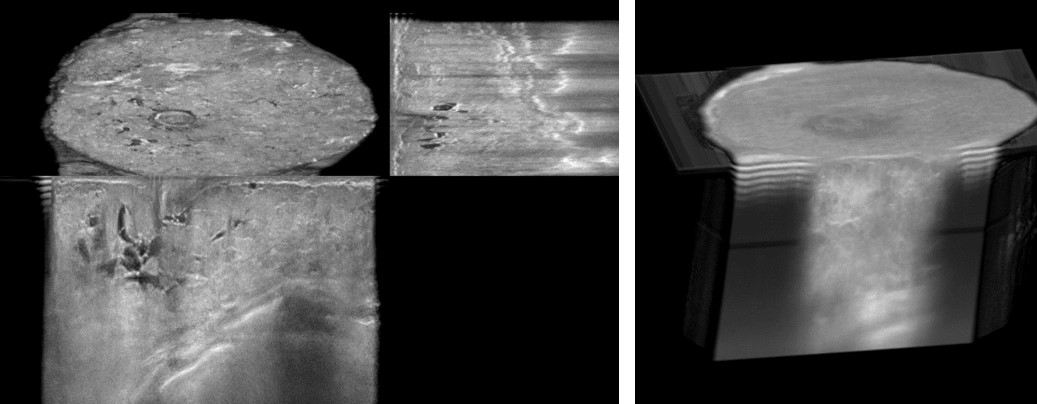NEWS
- 2020.10 Congratulations! 黃詩雅, 高淑亭 同學 錄取中國醫 109學年度預備研究生
- 2020.07 Congratulations! 魏佳瑩 同學 got undergraduate student research grant by MOST.
- 2019.12 Congratulations! 蕭煒澄 同學 錄取109學年度中國醫醫放碩士班
- 2019.07 Congratulations! 高淑亭, 黃詩雅 同學 got undergraduate student research grant by MOST.
- 2019.05 Congratulations! 謝濰桓 同學 錄取108學年度清大醫環所碩士班
- 2018.12 Congratulations! 張慈芳 同學 錄取108學年度陽明醫放碩士班
- 2018.10 Congratulations! 林宜沛 同學 錄取本校 107學年度預備研究生
- 2018.9.14 Congratulations! 蕭煒澄 同學 獲得107年暑期科學研習營 壁報論文組 優等http://www.cmu.edu.tw/news_detail.php?id=4147
- 2018.9.14 Congratulations! 高淑亭 同學 獲得107年暑期科學研習營 壁報論文組 佳作
- 2018.7.4 Congratulations! 謝濰桓 同學 got undergraduate student research grant by MOST.
- 2017.12.4 Congratulations! Our work got the BEST POSTER AWARD in 2017 ICBMU, Hong-Kong
- 2017.11.18 Congratulations! 濰桓 got the POSTER AWARD in 2017生物醫學工程科技研討會
- 2017.10.27 Research project granted Our 106 University research project was granted.
- 2017.10.26 Welcome Bo-Yuan Chiou join our lab.
- 2017.09.30 Welcome Wei-Chun Yen and Wei-Cheng Hsiao join our lab.
- 2017.09.11 Welcome Chun-Tai Chen joins our lab.
- 2017.07.26 Research project granted Our HIWIN-CMU Industry-University research project was granted
- 2017.06.20 Congratulations!! 宜沛 and 慈芳 got undergraduate student research grants funded by MOST
- 2017.06.15 Research project granted Our 3-year proposal entitled “Development of intravascular ultrasound/optical coherence tomography shear wave elastography for diagnosis in early stage of atherosclerosis” has been funded by MOST
Conference Info
- 2019 IEEE International Ultrasonics Symposium (IUS), Glasgow, Scotland, UK, 6-9 Oct., 2019.
Submission Deadline: 8 April 2019
http://sites.ieee.org/ius-2018/









